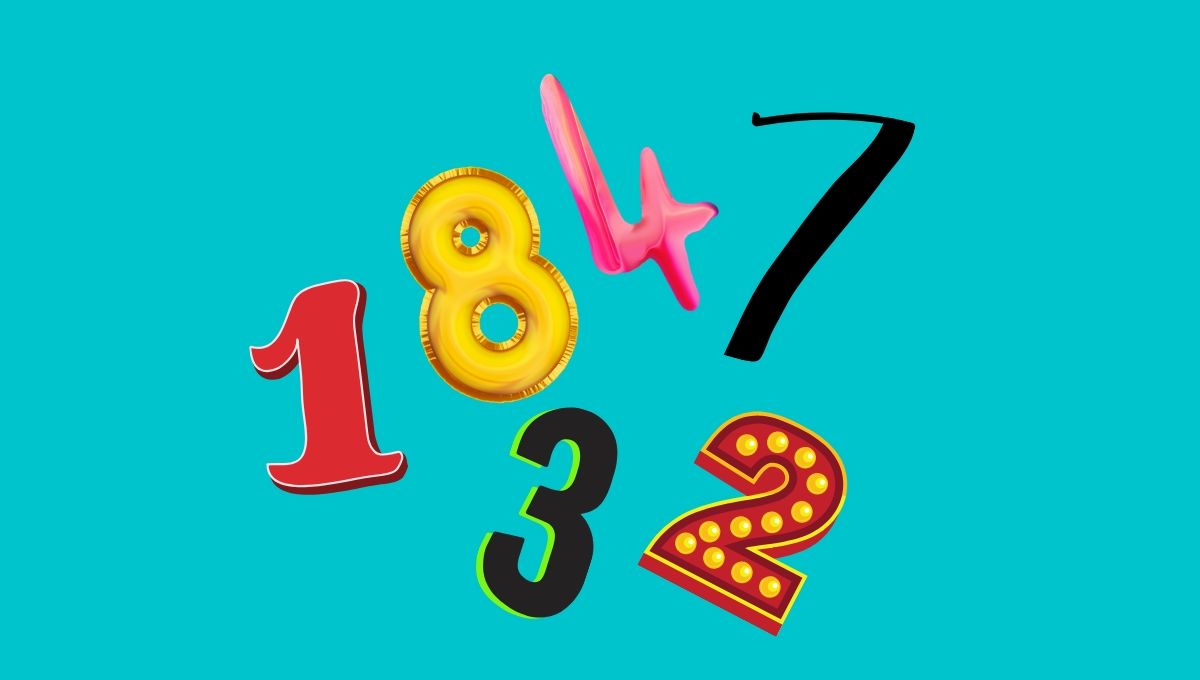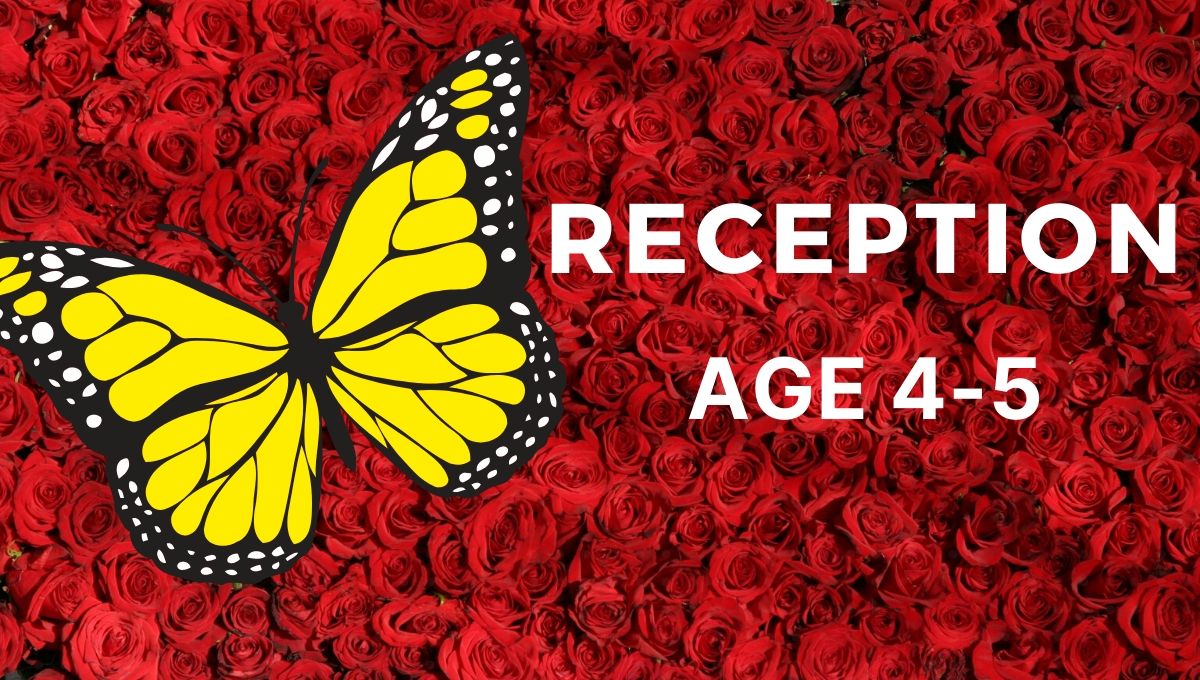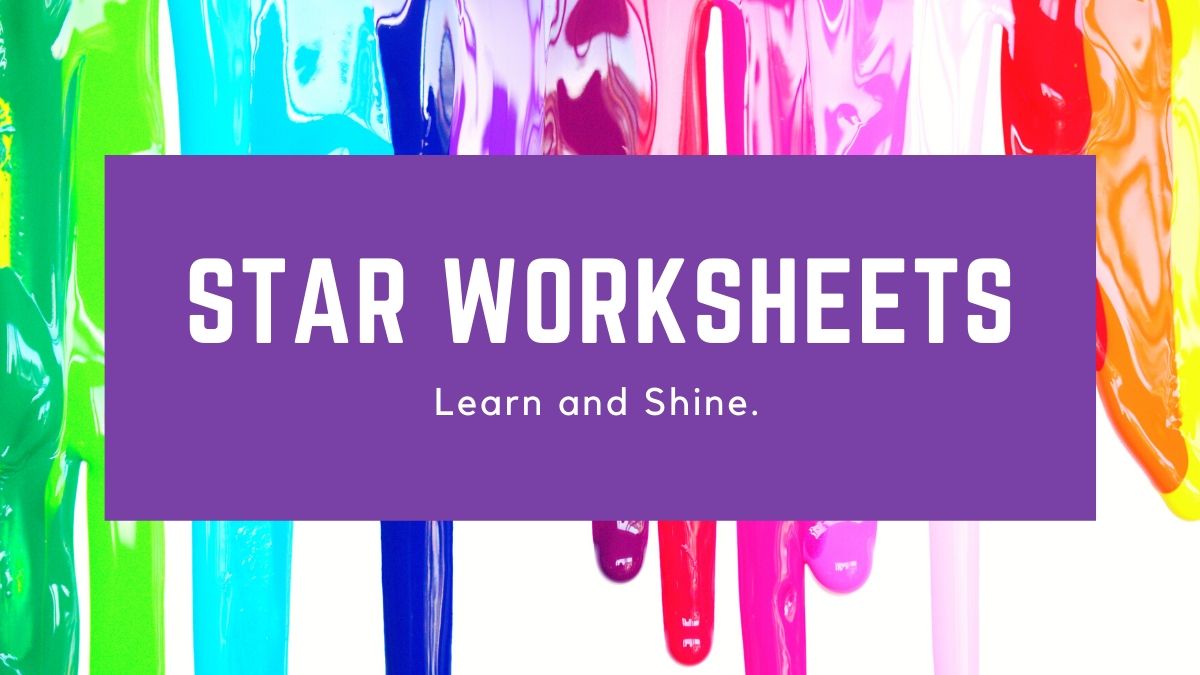Contents
Free Year 1 Worksheets – English & Maths PDF Resources
Kickstart your child’s learning journey with our expertly crafted Year 1 worksheets for English and Maths. Designed to support the KS1 National Curriculum, these free downloadable PDF resources help children build a strong foundation in phonics, reading, writing, counting, addition, subtraction, and more.
Our printable Year 1 resources are perfect for:
-
Parents supporting home learning
-
Teachers planning classroom activities
-
Tutors providing 1-on-1 sessions
-
SEN support materials
Topics covered include:
-
English: Phonics, Spelling, Reading Comprehension, Sentence Building
-
Maths: Number Bonds, Place Value, Basic Geometry, Word Problems
✅ 100% Free to Download
✅ Aligned with UK Curriculum
✅ Print-friendly and Classroom Ready
Browse All Year 1 Worksheets
Help your child gain confidence and master key Year 1 skills today!
Unlock Fun and Learning with Free Year 1 Maths Worksheets: Engage, Educate, and Excel! Age(5,6)
Empower your child’s mathematical journey with our collection of dynamic and free Year 1 Maths worksheets. At Star Worksheets, we believe that learning should be both enriching and enjoyable. Our carefully crafted worksheets are designed to engage young learners, making the process of learning mathematics a delightful adventure.
With a focus on generating interest and understanding, our resources are tailored to promote curiosity, critical thinking, and problem-solving skills. Whether it’s mastering basic addition and subtraction or exploring shapes and measurements, these worksheets are a gateway to building a strong foundation in mathematics.
At Star Worksheets, we are committed to providing valuable educational resources that foster a love for learning. Each worksheet is thoughtfully structured to stimulate young minds, ensuring a seamless blend of fun and learning. Prepare your child to excel in mathematics while embracing a sense of accomplishment with our free Year 1 Maths worksheets. Let’s embark on this exciting journey of growth and knowledge together.
Importance of Maths Worksheets for Year 1 Students
Maths worksheets play a crucial role in the development of Year 1 students. They serve as essential tools for reinforcing mathematical concepts, providing practice, and assessing progress. By engaging with worksheets, children can enhance their problem-solving abilities and develop a deeper understanding of mathematical principles.
Furthermore, worksheets offer a structured approach to learning, allowing students to work independently and at their own pace. This fosters a sense of confidence and autonomy, which are invaluable traits for young learners. Moreover, the use of worksheets can help bridge the gap between school and home learning environments, creating a cohesive educational experience for children.
In addition, maths worksheets encourage students to apply their knowledge in real-world contexts, promoting the practical application of mathematical concepts. This not only enriches their learning experience but also installs a sense of relevance and purpose in their mathematical studies.
Overview of Year 1 Maths Curriculum
The Year 1 maths curriculum forms the foundation for a child’s mathematical education, laying the groundwork for subsequent learning. It encompasses fundamental mathematical concepts and skills that are essential for building a strong mathematical proficiency. The curriculum focuses on developing a solid understanding of numbers, basic operations, shapes, measurements, and patterns.
In Year 1, students are introduced to the concept of addition and subtraction, as well as the recognition and comparison of numbers. They explore geometric shapes, understand simple measurement concepts, and begin to identify and create patterns. Furthermore, the curriculum emphasizes the development of mathematical language, problem-solving strategies, and mathematical reasoning.
By engaging with the Year 1 maths curriculum, children not only acquire foundational mathematical knowledge but also cultivate essential cognitive abilities, such as logical reasoning, spatial awareness, and numerical fluency. This sets the stage for their continued growth and success in mathematics.
Key Maths Concepts Covered in Year 1 Worksheets
Our Year 1 maths worksheets cover a wide spectrum of key mathematical concepts, catering to the diverse learning needs of young students. These concepts include foundational numeracy skills, such as counting, number recognition, addition, and subtraction. Through a series of engaging exercises, children can develop fluency in basic arithmetic operations and build a strong numerical foundation.
Additionally, our worksheets delve into the exploration of shapes and patterns, allowing students to identify and describe geometric shapes, recognize patterns, and engage in spatial reasoning activities. The inclusion of measurement tasks further enables children to understand the concept of length, height, weight, capacity, and the comparison of quantities.
Moreover, our worksheets incorporate problem-solving scenarios that encourage critical thinking, logical reasoning, and the application of mathematical strategies. By addressing real-life mathematical challenges, children can develop the confidence and skills necessary to tackle problem-solving tasks with proficiency and creativity.
We have arranged all our Year 1 Maths Worksheets for students of ages 5 to 6.
Our fantastic maths worksheets for children ages 5 and 6 are based on the national curriculum of England. These high-quality maths worksheets for children ages 5 and 6 are used for students in Year 1. Starting with some great fun number and place value worksheets and moving right up to multiplication and division as well as some tricky challenges!
All Year 1 Maths Curriculum is divided into the following categories. These Worksheets are FREE to Download and are available in PDF format. Each has many resources within so why not jump in and explore the site? These Categories are as follows.
1-Number and Place Value.
- count to and across 100, forwards and backward, beginning with 0 or 1, or from any given number.
- count, read and write numbers to 100 in numerals; count in multiples of twos, fives, and tens.
- Given a number, identify one more and one less
- Identify and represent numbers using objects and pictorial representations, including the number line, and use the language of: equal to, more than, less than (fewer), most, least
- Read and write numbers from 1 to 20 in numerals and words.
Click the button below to Download Free PDF worksheets Year 1Maths- Number and Place Value topic.
2-Addition and Subtraction
- read, write and interpret mathematical statements involving addition (+), subtraction (–) and equals (=) signs
- represent and use number bonds and related subtraction facts within 20
- add and subtract one-digit and two-digit numbers to 20, including zero.
- solve one-step problems that involve addition and subtraction, using concrete objects and pictorial representations, and missing number problems such as 7 = ? – 9.
- All year 1 Maths worksheets for additions and subtractions are available by clicking the below button.
3-Multiplication and Division
- solve one-step problems involving multiplication and division, by calculating the answer using concrete objects, pictorial representations, and arrays with the support of the teacher.
4- Measurement
- compare, describe and solve practical problems for:
- lengths and heights (for example, long/short, longer/shorter, tall/short, double/half)
- mass/weight (for example, heavy/light, heavier than, lighter than)
- capacity and volume (for example, full/empty, more than, less than, half, half full, quarter)
- time (for example, quicker, slower, earlier, later)
- measure and begin to record the following:
- lengths and heights
- mass/weight
- capacity and volume
- time (hours, minutes, seconds)
- recognise and know the value of different denominations of coins and notes
- sequence events in chronological order using language (for example, before, after, next, first, today, yesterday, tomorrow, morning, afternoon, evening)
- recognize and use language relating to dates, including days of the week, weeks, months and years
- tell the time to the hour and half past the hour and draw the hands on a clock face to show these times.
5-Fractions.
- recognize, find, and name a half as one of two equal parts of an object, shape or quantity
- recognize, find, and name a quarter as one of four equal parts of an object, shape or quantity.
5- Geometry.
- recognise and name common 2D and 3D shapes.
6-Position and Directions.
- describe position, direction and movement, including whole, half, quarter and three-quarter turns.
What is expected in Year 1 Maths?
During Year 1 maths a child is expected to be able to:
- Read, write and interpret mathematical statements involving addition (+), subtraction (–) and equals (=) signs
- Represent and use number bonds and related subtraction facts within 20
- Add and subtract one-digit and two-digit numbers to 20 including zero
- Solve one-step problems that involve addition and subtraction, using concrete objects and pictorial representations, and missing number problems, such as 7 = ?
The above-mentioned curriculum is very well explained through Maths activities by Oxford Owl. They help the children to learn. 😉
Most educators ask these common questions. What should a Year 1 child know in Maths?
We have carefully picked the following questions, in general, to answer this question. But Sky`s the Limit in Maths.
- What is the value of the number 5?
- What is the sum of 9 and 3?
- What is the difference between 18 and 7?
- How many sides does a square have?
- What is the shape of a circle?
- How many fingers do you have on one hand?
- How many toes do you have on one foot?
- How many sides does a triangle have?
- What is the number that comes after 7?
- How many days are in a week?
- How many sides does a rectangle have??
- What is the shape of a diamond?
- How many sides does a hexagon have?
- How many sides does an octagon have?
- How many sides does a Pentagon have?
- What is the number that comes before 5?
- What is the number that comes after 9?
- What is the number that comes before 12? Click here for Number And Place Value Worksheets for Year 1.
- How many days are in a month?
- How many months are in a year?
If you want to learn about the detailed curriculum of Maths for Year 1 students Click Here




